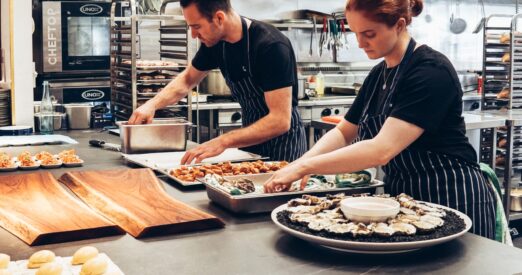
Five Restaurant Trends To Watch For In 2022
by Jillian Straw
Restaurant owners and operators may be facing the busy holiday season right now, but many are already looking ahead to 2022.
If you are examining your strategy and operations for the new year, you probably have a lot on your mind. The past few years have presented a number of different challenges for operators, and many of these issues may be sticking around for the long-term.
However, proactive planning can empower you to meet these challenges with new and exciting solutions. As you plan ahead, here are five trends in restaurant operations that you should keep in mind.
1. Increased focus on inventory management
For months, rising inflation has had an impact in almost every sector of the economy. For restaurants in particular, operators are keeping a close eye on increasing food costs, from meat and fish to shelf-stable goods and produce.
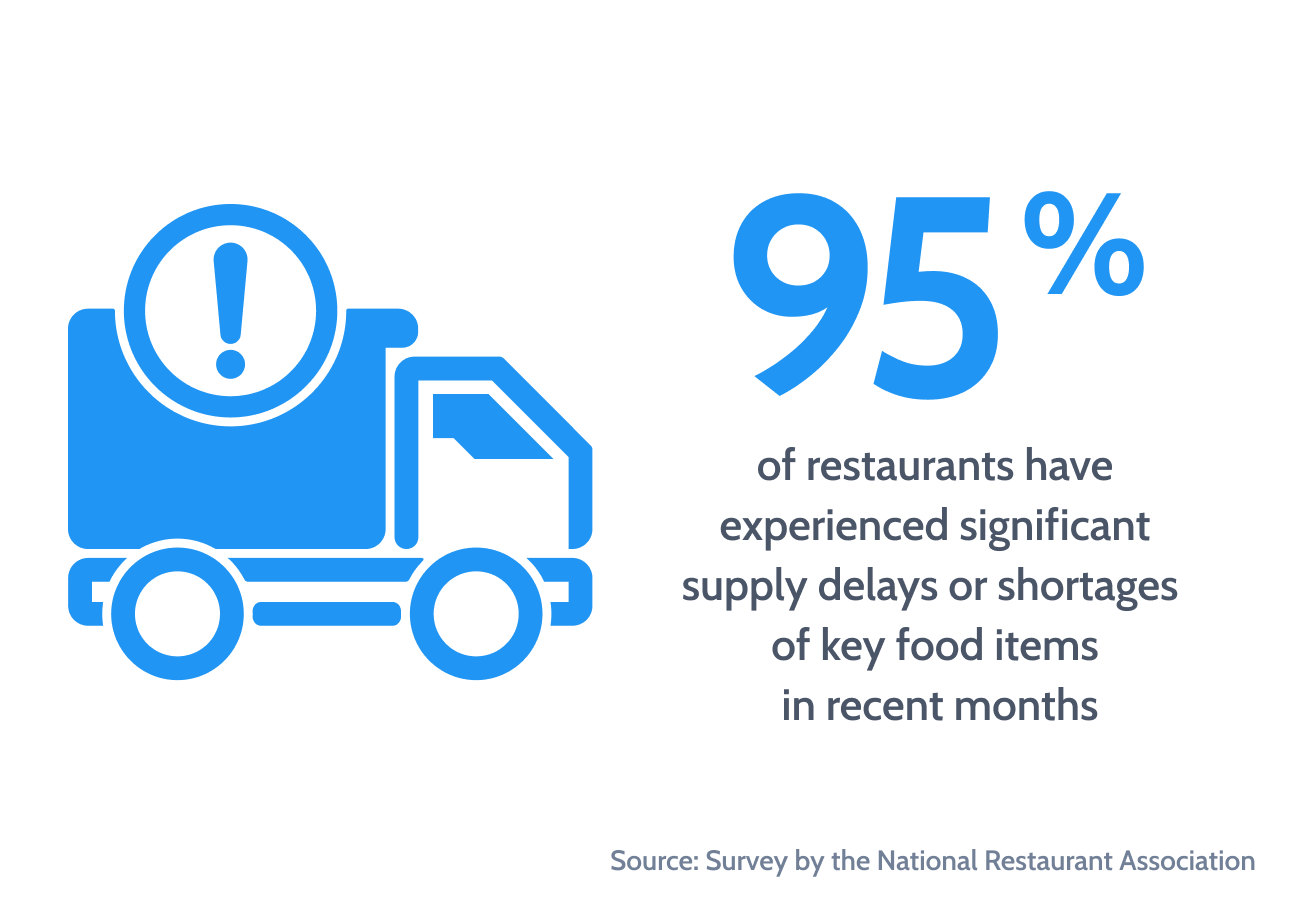
According to a survey by the National Restaurant Association, “95% of restaurants have experienced significant supply delays or shortages of key food items in recent months”. In addition, wholesale food prices experienced a large increase in September 2021, “posting the highest 12-month increase since 1980”. These supply chain challenges have caused 75% of restaurants to make menu changes.
As supply chain disruptions are likely going to take a lot of time to sort out, streamlined inventory management is a pressing need for restaurant operators in 2022. Restaurant owners and operators are responding to rising costs by leveraging accurate and robust inventory management to add efficiencies and “run lean”.
Invoice automation can play a significant role in your inventory strategy. Digitizing invoices automatically capture line item data, ascribing the correct General Ledger (GL) code and updating pricing data in your inventory management system.
With invoice price data in hand, you have the information that you need to make smart food cost decisions. Menu engineering data allows you to adjust item ingredients or pricing to protect your tprofit margins on individual menu items.
Your restaurant may also want to leverage invoice data to negotiate new contract pricing for goods experiencing price fluctuations. To engage your vendors and drive better pricing, it is key to have an active overview of your prices over the last 12 months. An invoice automation tool can help you track and analyze granular or big-picture price trends of your supplies, informing your discussions with vendors.
Did you know that you could connect your invoice data to your inventory system using Ottimate and COGS-Well? Never manually create inventory records again – Learn more about COGS-Well.
2. Vendors embracing electronic payments
The conventional method of tracking, recording, and paying invoices by hand was the standard process in the restaurant industry for many decades. However, electronic payments and the digital billpay ecosystem have been steadily transforming the industry.
Both restaurant operators and vendors stand to benefit from the shift to electronic invoice payments.
In recent months, as well as during the exceptionally busy holiday season, mail delays can become a large issue for manual check payments. First, invoices from vendors are delayed reaching your restaurant. In addition, if your restaurant does mail a paper check, it can potentially get stuck in the postal system, leading to higher “days sales outstanding” for vendors.
Shifting to digital payments helps vendors close the loop faster on open invoices. A connected AP automation platform like Ottimate’s VendorPay Network allows restaurants and vendors to streamline the entire process, from sending invoices to bill pay.
As a result, electronic payments can help strengthen your restaurant’s vendor relationships. With faster payment that is more likely to be on time, you are investing in a more reliable relationship with your vendor. And because electronic transactions leave a clear digital trail, there are fewer possibilities for errors.
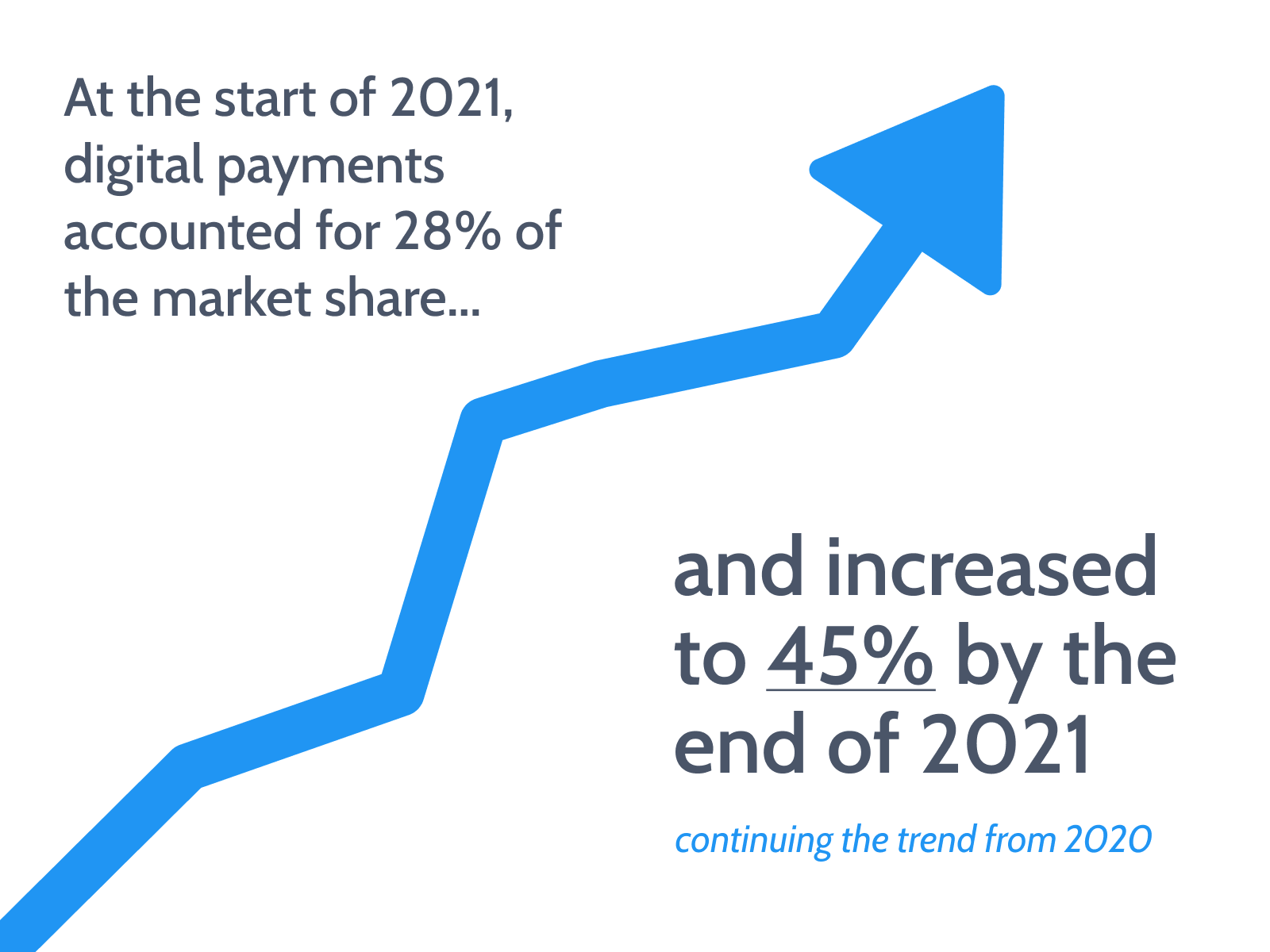
Ottimate data indicates that ACH payments and digital payments increased steeply in 2020, continuing into 2021. The shift toward electronic payments is not a new trend, but it seems poised for large growth in the new year.
3. New strategies for addressing labor shortage
The restaurant industry is facing a challenging labor shortage, heightened by an uncertain future of how many workers may return to the hospitality industry.
The COVID-19 pandemic has had far-ranging impacts on the labor force, from potential employees turning down front-line roles and searching for work-from-home opportunities, to the economic impact of the pandemic speeding up the rate of retirement for older Americans.
The effect of COVID-19 and other related economic concerns on the working population means that the labor shortage is potentially here to stay for the long-term, impacting restaurant operations strategy for 2022 and beyond.
The labor shortage is especially acute in the back-of-house roles for many employers, as well as front-of-house positions. However, it is also affecting support roles such as backoffice, accounting, and bookkeeping.
To stand out in a competitive hiring landscape and attract new employees, your restaurant may consider offering a wide range of creative benefits. This may cover adding enhanced medical insurance, such as dental and vision, as well as increased paid time off. Some restaurants are adding other benefits like childcare reimbursement or subsidizing tuition, or even same-day pay for staff.
To retain employees, your restaurant could implement workplace anniversary bonuses or focus on career training opportunities that offer a development pipeline from entry-level roles to management.
Finally, to address the potential long-term implications of a labor shortage, your restaurant may also want to consider investments in labor-saving technology. For instance, restaurant management tools like AP automation can provide time savings that free up labor hours for more strategic tasks. Back office automation that moves data from paper into digital can help operators stay on top of Accounts Payable without requiring as many labor hours.
4. Restaurants leveraging invoice data in operations
As costs in food and labor continue to rise, restaurants are always examining new ways to streamline operations. If your restaurant has invested in restaurant management technology, you already own a valuable asset for improving business operations: your data. Digitized invoice data can be leveraged to inform operations and lay the foundation for new strategies.
For example, although many operators assume that bulk purchasing will always provide a discount, disruptions in the supply chain and industry quirks can paint a different picture — if you have the data to see it.
Tracking the price of granulated sugar over a three-month period in 2021, the Ottimate data team found that 10/4 lbs pack sizes of granulated sugar were consistently cheaper than 25lb pack sizes. While this is just one example, consistently tracking digitized invoice data over time can offer insights like these on how to uncover cost-saving opportunities that can give your restaurant a competitive edge.
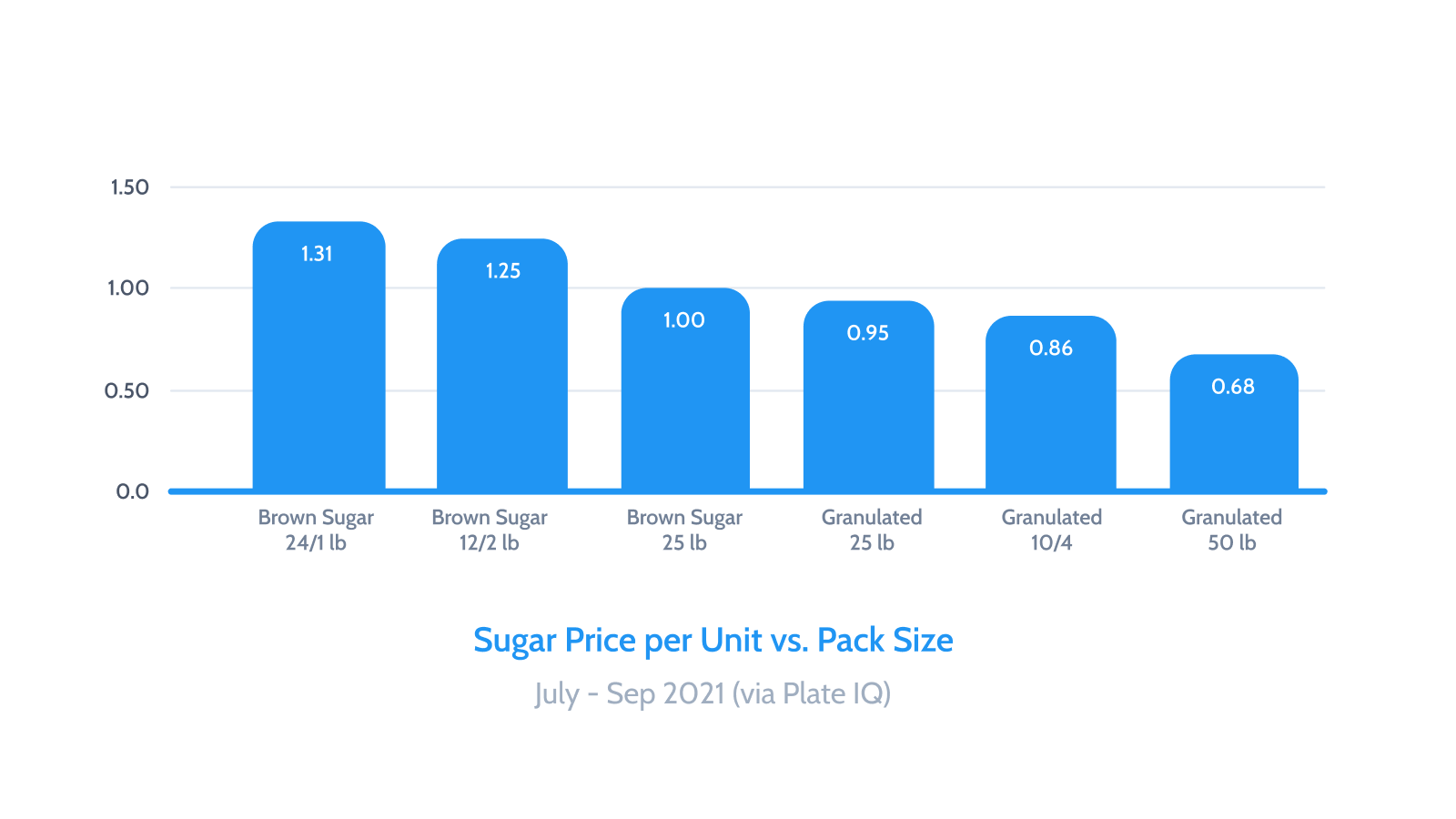
5. Virtual cards used to prevent online fraud
With cyberthreats and data breaches constantly circulating in the news cycle, cybersecurity should be a top priority for every company in 2022. Solidifying your restaurant’s tech strategy is especially critical when it comes to any payment processing.
Physical cards are increasingly leaving restaurants more vulnerable to fraud in online transactions. Because the card number remains static, if someone is able to steal your number, they can use it to access your bank account or funds.
Virtual payment cards (also known as V-cards) for vendor payments offer a safer online alternative. V-cards are randomly generated “disposable” numbers that are used for a single transaction (or, in some cases, designated for multi-use). Once the number is used for a transaction, it cannot be used again — allowing you to prevent credit card fraud should a cyberthief access your details.
As vendor payments move online, V-cards allow restaurants to stay ahead of increased cybersecurity threats, as well as make it easier to record transactions and match to the correct category, invoice, and vendor.
Finally, in addition to the security benefits, V-cards can also provide the reward of cash back for your restaurant. As you pay your vendors, you can earn cash back, adding a small but significant source of revenue to your bottom line.
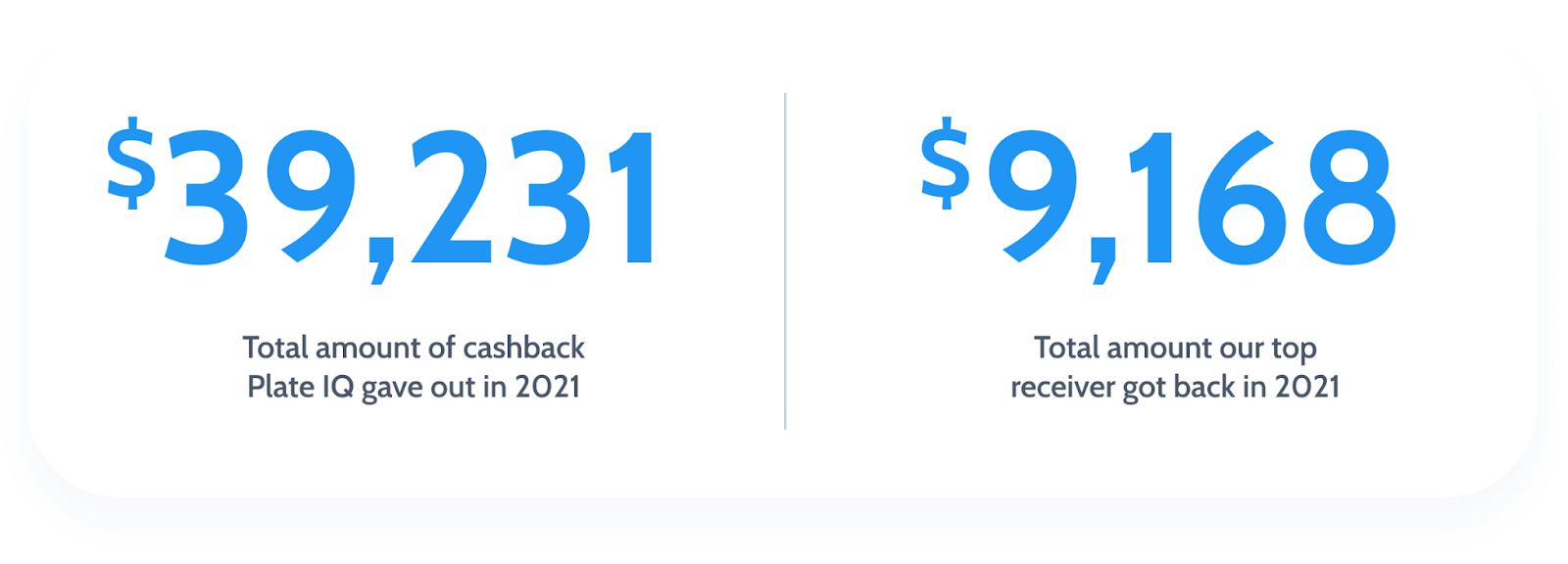
Conclusion
Many of the changes in the restaurant industry over the past few years are related to the COVID-19 pandemic and disruptions in the wider economy. As restaurant owners and operators look ahead to 2022, there are many new trends to keep track of. However, you can meet these challenges by staying ahead of the curve through proactive strategy and technology tools.
Interested in leveraging new AP automation tools, invoice digitization, and digital payments for your business? Reach out to Ottimate below to get a free demo.
And we’re launching a FREE Food Costs tracking tool. You can look up commonly ordered restaurant supplies and benchmark your prices against what other distributors are charging.
Sign up for our waitlist here, and receive our free ebook
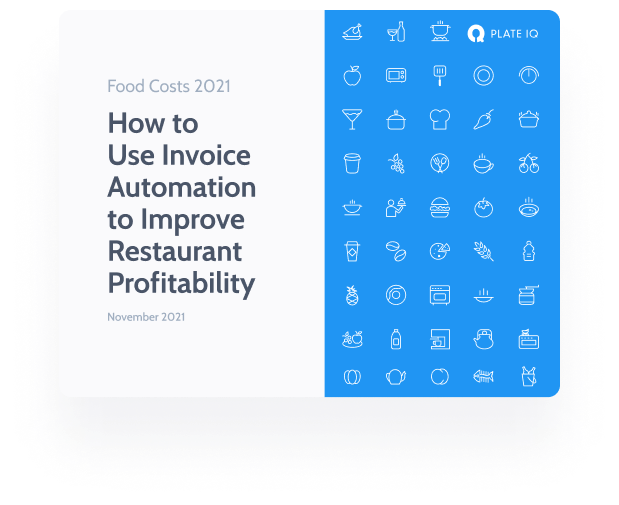
Stay up to date on the latest news in AP automation and finance
Related

